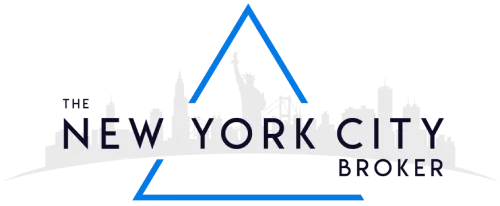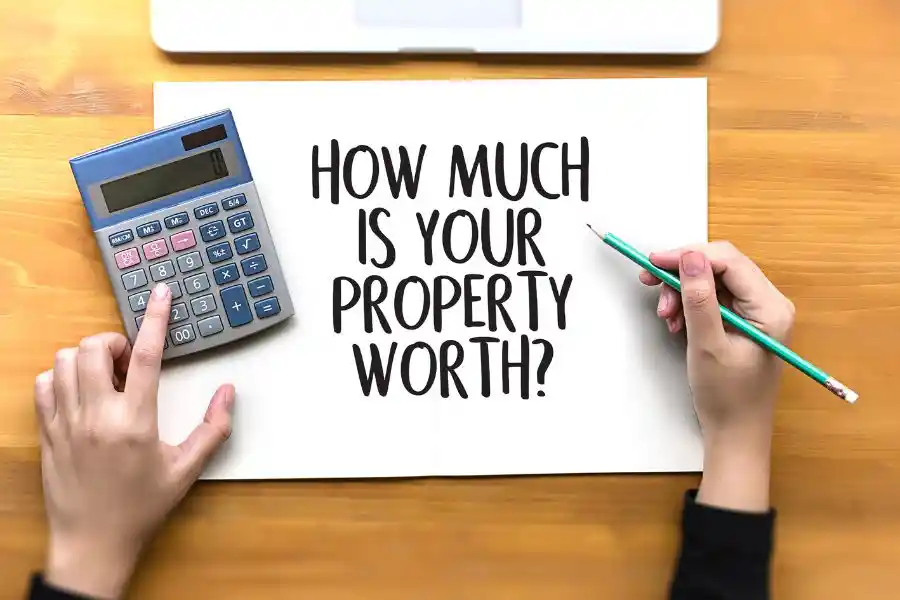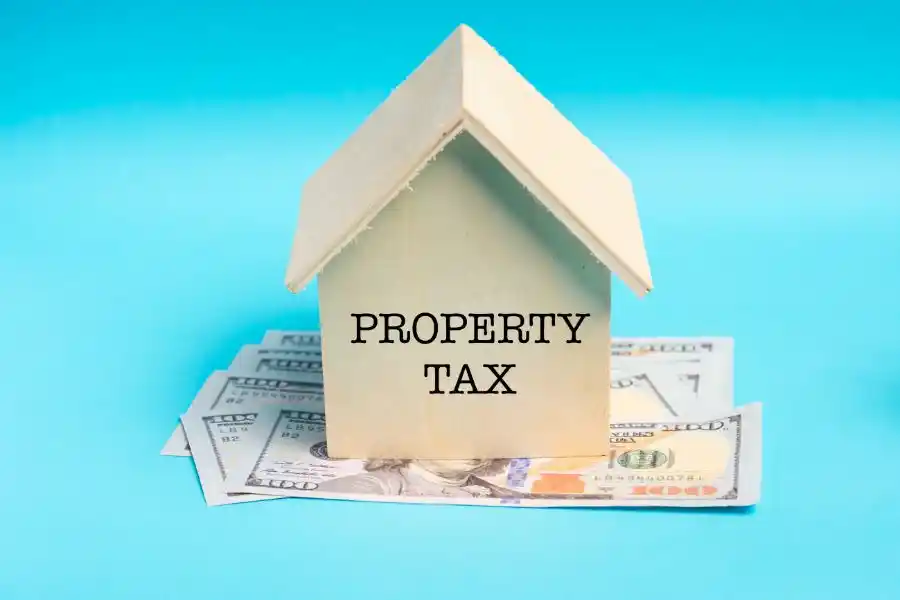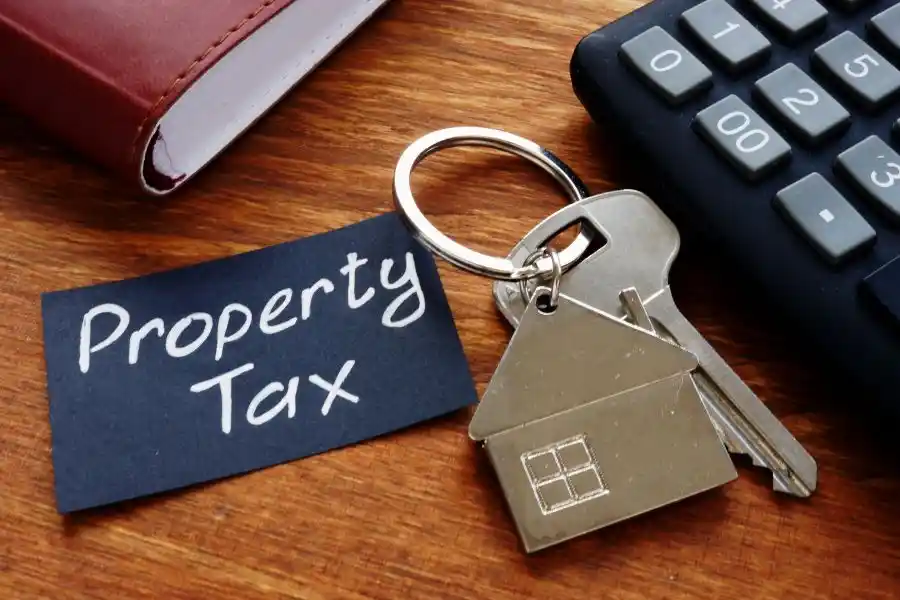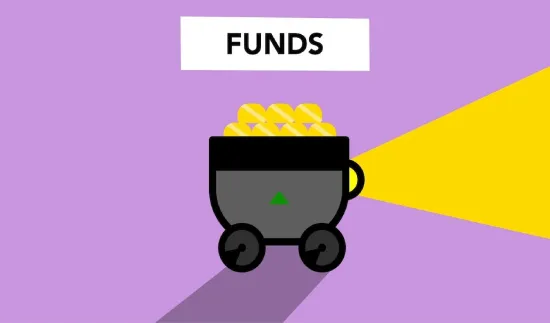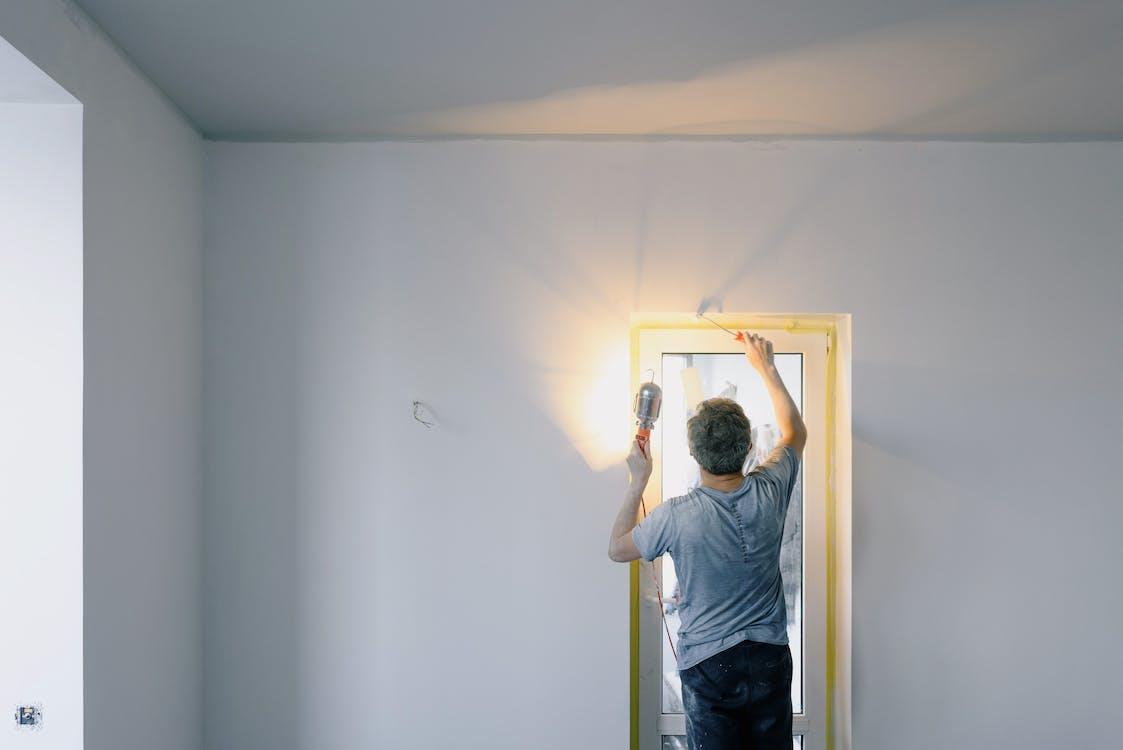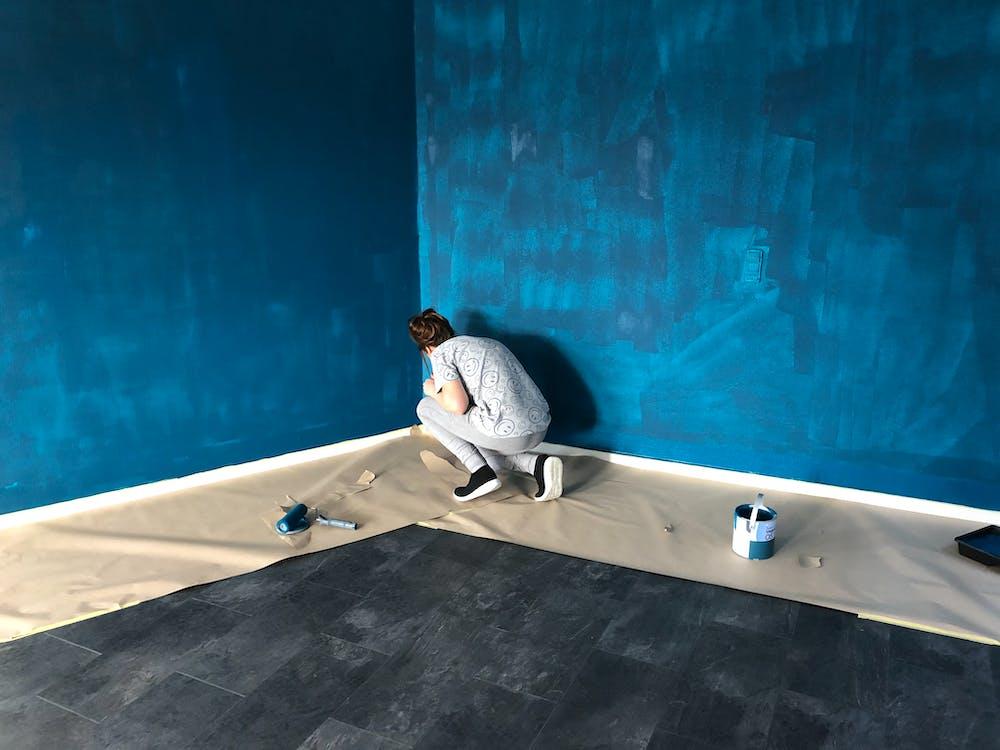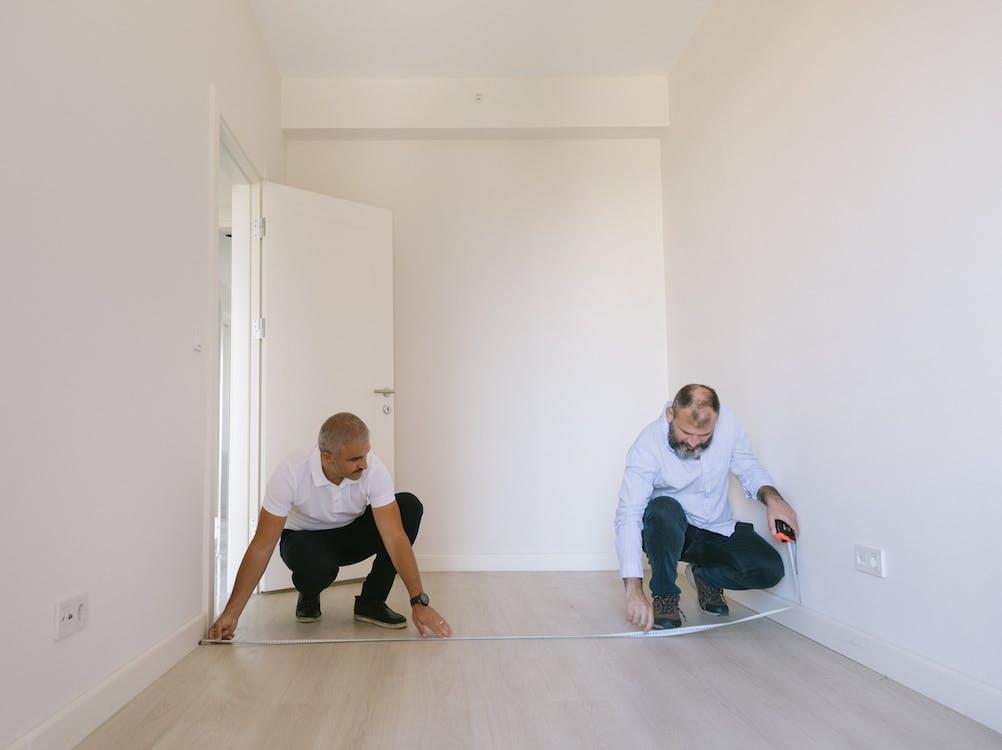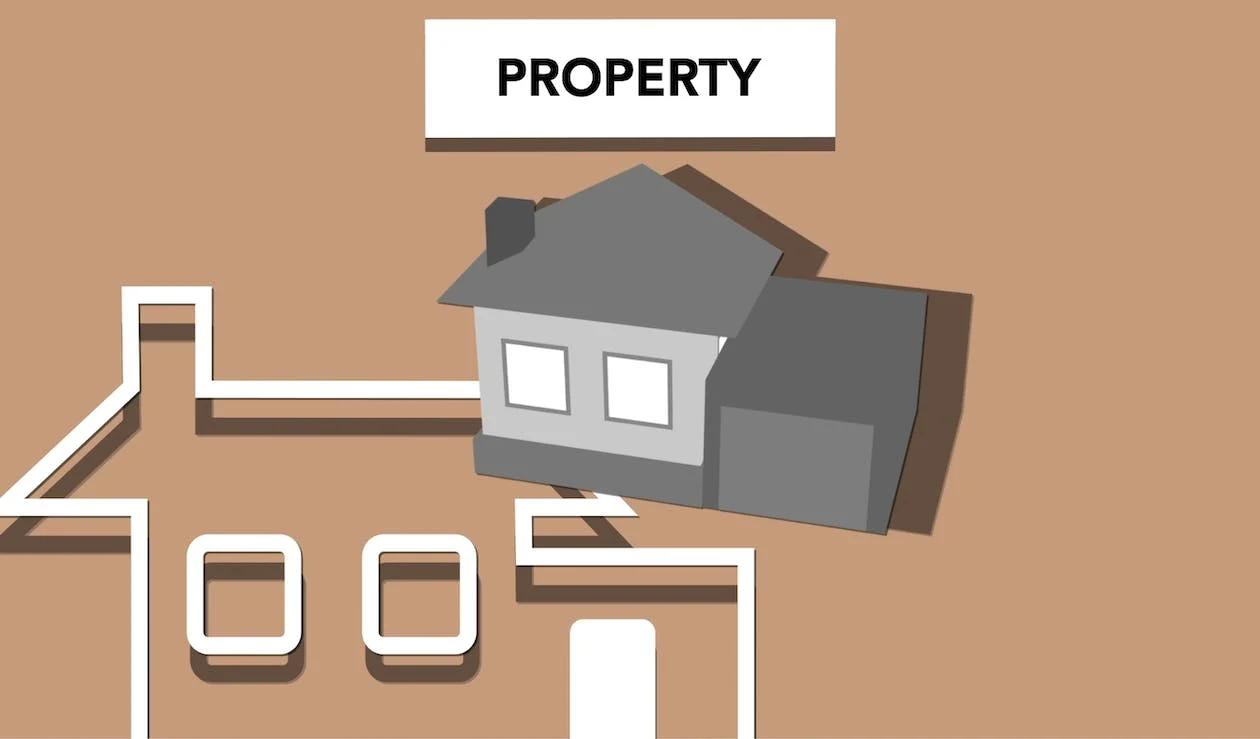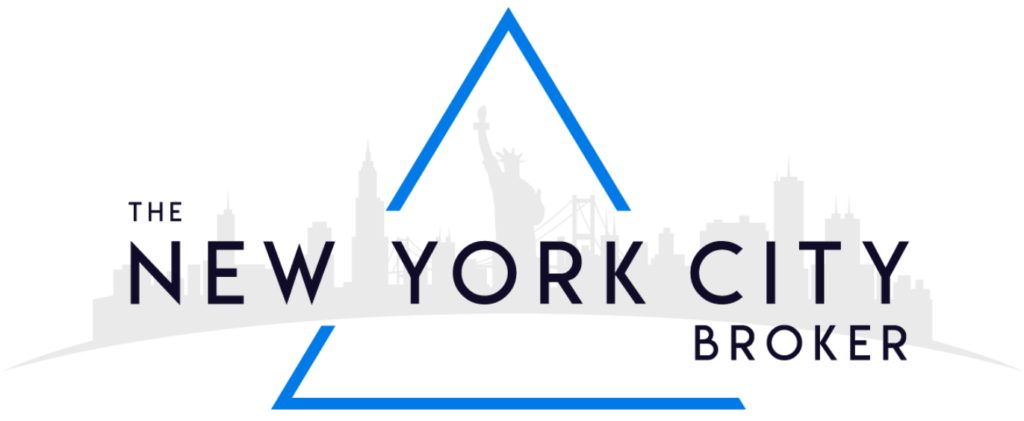What Are Flood Zones?
Flood zones are areas that are at risk of flooding. They are classified into multiple levels based on how high the risk of flooding is. The original definition and classification are by the Federal Emergency Management Agency or FEMA. The agency produces flood maps that show the areas in any given region (for example, NYC) that are at risk of being flooded by rising water levels. These maps were last updated in 2015, and the next update is expected in 2024.
NYC has its own “Flood Hazard Mapper” developed by the department of city planning. You can use this map to find out which flood zone your neighborhood is in. There are five different zones (VE, AE, AO, A, and X) where VE has the highest risk of flooding while X has the lowest. There is also a Base Flood Elevation (BFE) which shows how high the water level is expected to be in case of flooding.
Two Types Of Floods
Coastal Flooding refers to the flooding that happens when the water level in the coastal areas rises due to storms and floods in the areas closest to the coast. This is a risk that almost all buildings at or near NYC’s 520-mile coastline face. However, some areas are at a higher risk than others because of the low difference between them and the water level.
Pluvial flooding is when a combination of factors, including heavy rainfall and problems with the drainage system, create floods within the city. A recent example is the flooding NYC experienced due to Hurricane Ida.
Why It’s Important To Know About Flood Zones Before Buying Property In NYC?
There are two important reasons why understanding flood zones are important when you are looking to buy property in NYC.
1. Flood Insurance
Regular homeowners insurance doesn’t offer protection against flooding, and you have to buy flood insurance if you want financial protection in case a flood damages your property. The premium of flood insurance is directly related to the flood risk. If you are buying property in flood zone VE, where the risk is highest, the insurance premiums will be high as well. And they would be low for low-risk areas.
Other factors, like how flood proof the construction is and what your housing unit’s elevation compared to the Base Flood Elevation is, can also impact the cost of flood insurance. So basement apartments, especially ones in flood zones or at risk of flash floods, might come with a higher flood insurance cost.
Insurance coverage is another issue you should consider. Some flood insurance policies only cover the cost of structural damage and some appliances but not your belongings. Even if you don’t want to take out flood insurance, but you are buying your property with financing, your lender might require you to buy the insurance. It’s mandatory for all federally-backed mortgages for buying a property in Special Flood Hazard Areas (SFHAs).
It’s important to note that these flood zone maps change over time. And if the change puts your property in a higher-risk area, your flood insurance premiums may go up.
2. Possible Water Damage
Properties in flood zones or properties that experience flash flooding due to high rainfalls and drainage failures may have hidden water damage. Even if an apartment that’s above the flood level itself hasn’t suffered from flooding, its impact on the building’s structure can affect you, possibly in the form of higher maintenance fees later down the line.
